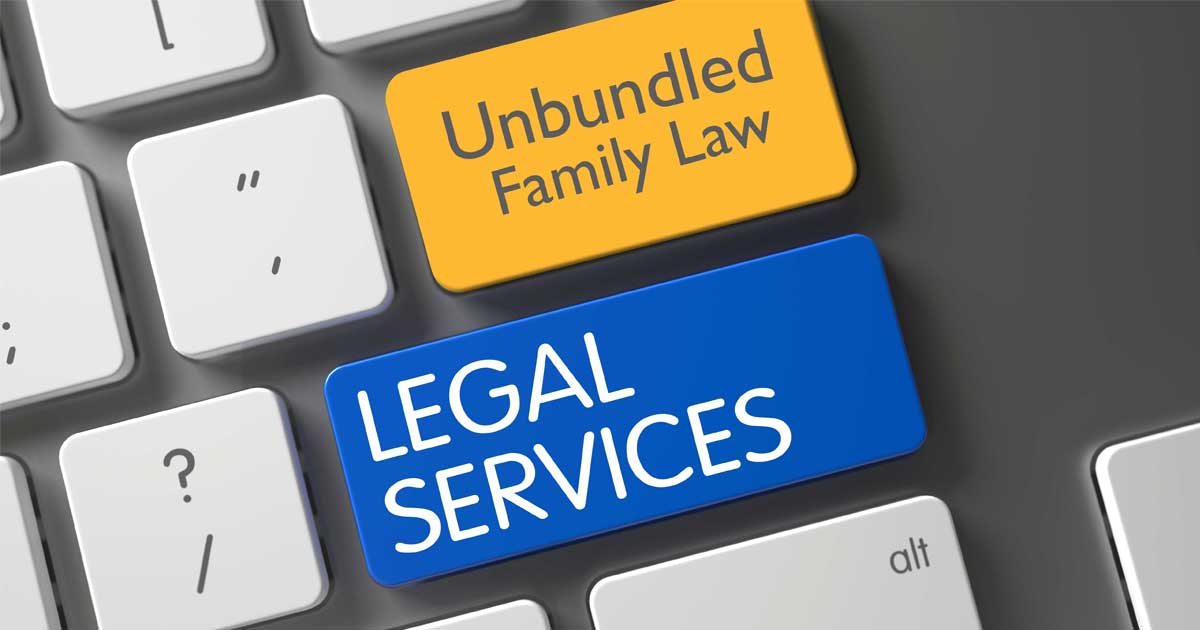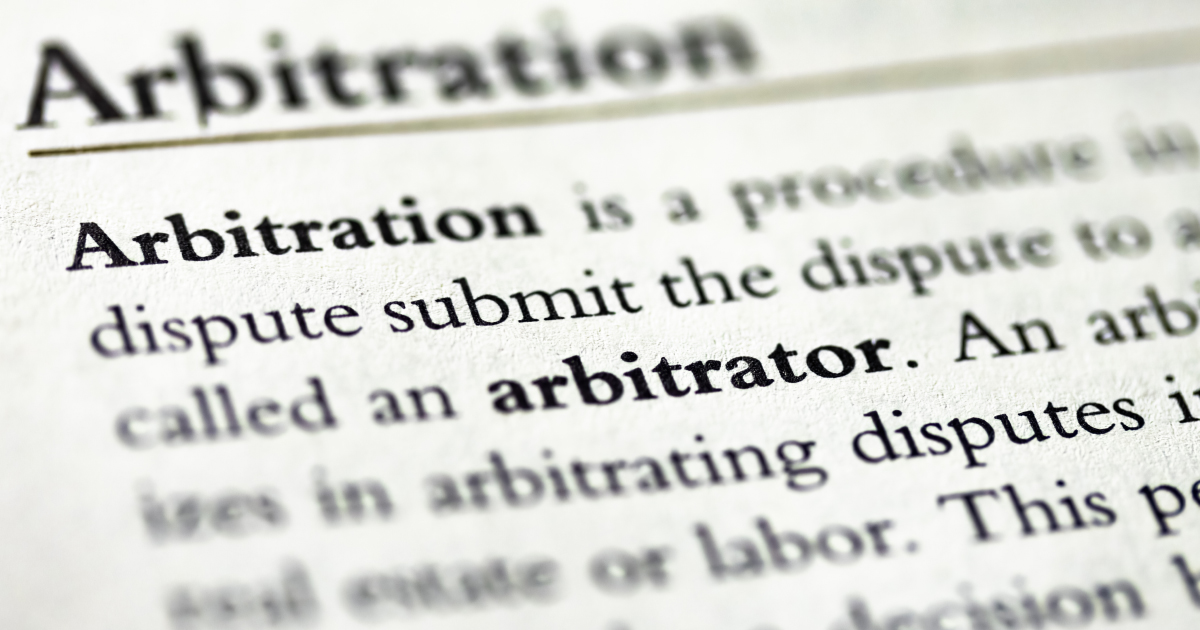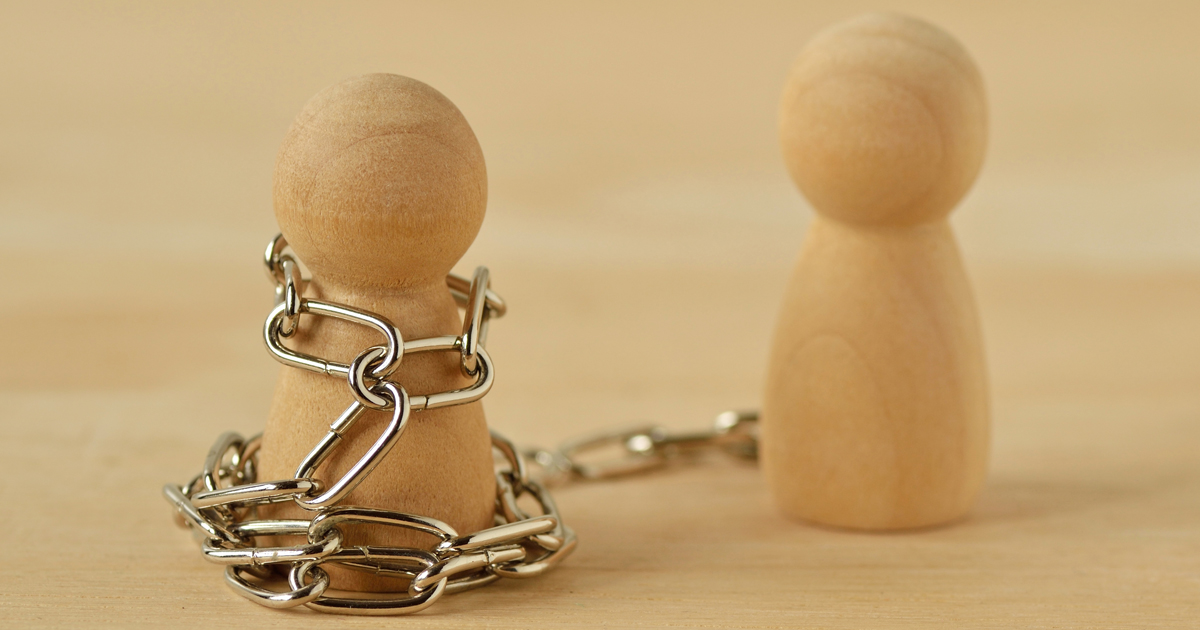The divorce experience differs for everyone. Much of it depends on the attitude of the parties, but it can also depend on whether the dissolution is an agreed or contested divorce. Here’s an overview of what you can expect from these two types of divorce.
HIGHLIGHTS
- Definition Uncontested Divorce
- Uncontested Divorce Process
- Definition Contested Divorce
- Contested Divorce Process
Agreed/Uncontested Divorce
An agreed divorce (a “simplified uncontested divorce” in Singapore) is one in which the parties agree on all of the major divorce terms without court intervention. The divorcing couple must agree on issues such as child custody, spousal or child maintenance, how to divide matrimonial property, and the reason for the breakdown of the marriage.
Parties who seek an uncontested divorce either reach agreement on their own or hire a Singapore divorce mediator to help them resolve sticky issues.
The Uncontested Divorce Process
Once the parties reach an agreement, a Singapore divorce lawyer will prepare the divorce papers. The parties will then affirm the agreed divorce terms before a Commissioner of Oaths at the lawyer’s offices, and the lawyer will file the divorce papers with the Court.
Approximately a month from the date of filing the papers, the court will assign a hearing date, where the judge will issue an Interim Judgement, i.e. temporary divorce. Approximately three months following the hearing, the judge will grant the final divorce decree, i.e. the final judgement.
Uncontested divorces are faster, less expensive and more harmonious than a contested divorce. We strongly recommend that you and your spouse seek an uncontested divorce, if at all possible.
Contested Divorce
In contested divorce the parties cannot reach an agreement on one or more the terms of the divorce, and require a court to decide on the disputed issues. Unsurprisingly, contested divorces are more complex and antagonistic than uncontested ones.
The Contested Divorce Process
With the help of a qualified divorce lawyer, the plaintiff begins divorce proceedings by filing papers that set forth the reasons for divorce. The defendant responds by filing a Defence, which challenges the plaintiff’s grounds. The plaintiff may then choose to file a response to the defence.
Once the initial documents are submitted, the parties must each submit a Proposed Parenting Plan and a proposed Matrimonial Property Plan. Within approximately six weeks, the parties must attend a Status Conference, where a Family Law Judge will decide on the status of the divorce petition, confirm that all papers have been filed, and identify whether further steps must be taken to help the parties reach an agreement.
At this point, the parties may enter divorce mediation to attempt to resolve outstanding issues or attend counselling session to try to reconcile. If they do resolve all issues, the rest of the case will proceed as an uncontested divorce.
If the parties cannot reach an agreement at the Status Conference or thereafter, the judge will schedule a Case Conference. In this conference, the judge assesses the progress of the case and ensures that the parties have complied with the filing requirements.
The divorce will proceed to a contested hearing if the parties still cannot reach an agreement on the issues. Both parties must attend and are expected to present evidence. The judge will grant an Interim Judgement after the hearing and schedule any further ancillary matters necessary.
If you still can’t reach an agreement, the Court will schedule a Contested Ancillary Matters Hearing. Both parties present evidence at the hearing, and the Court will hand down the “Order of the Court.” The parties have 14 days to file an appeal of the Order.
Three months after the Court grants the Order, one parties may request a Certificate of Final Judgement. Once this is issued, the divorce is final. The entire process typically takes between six months and one year.














